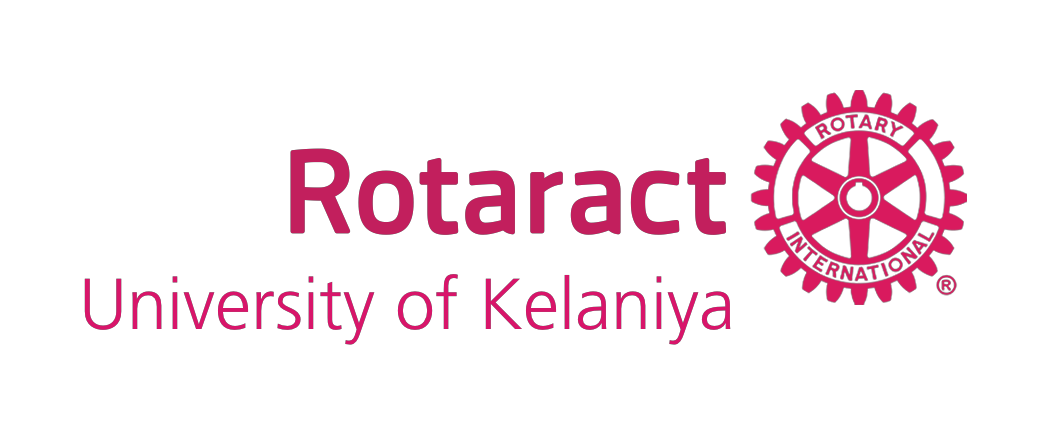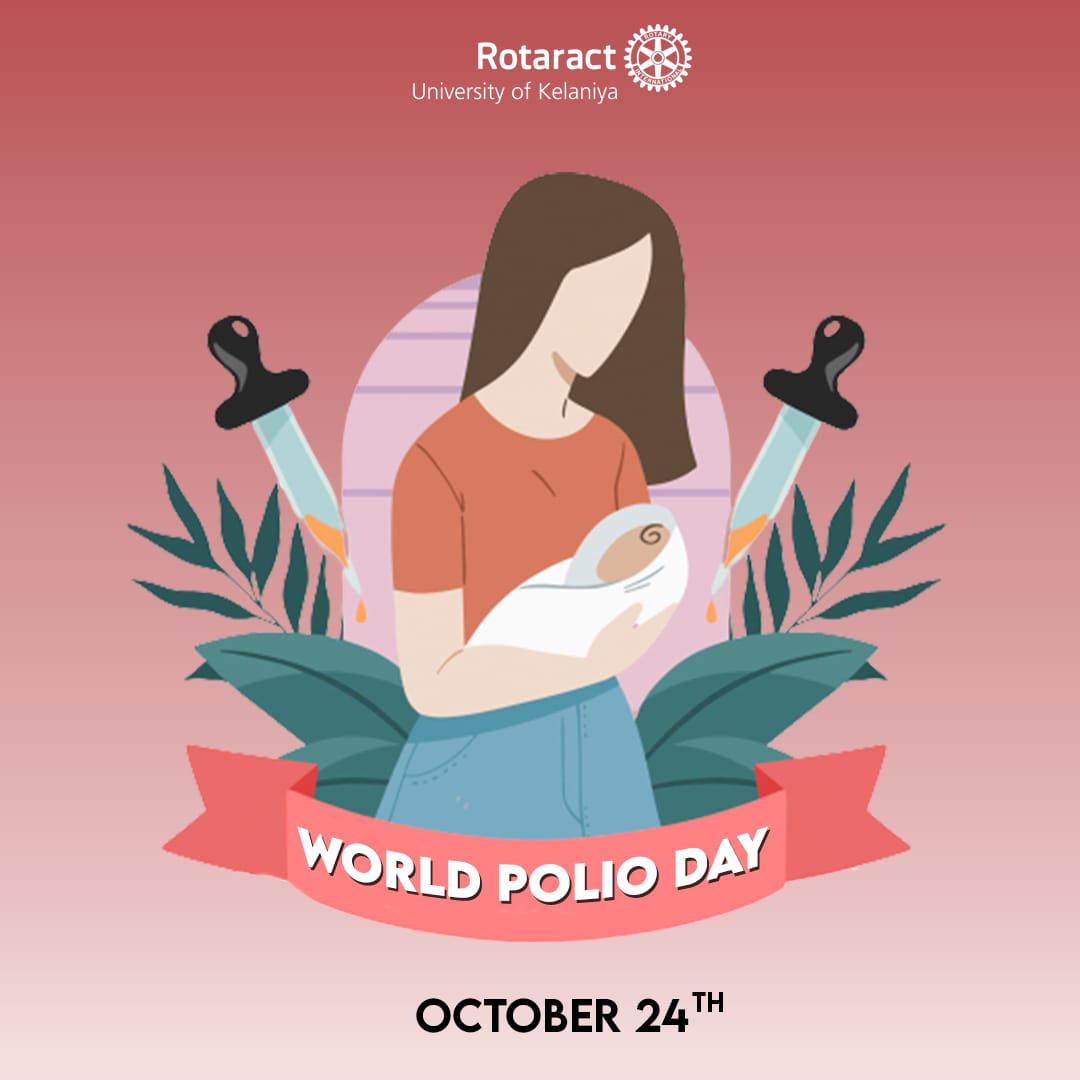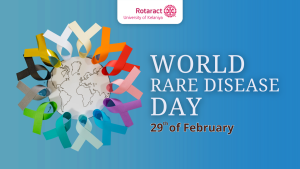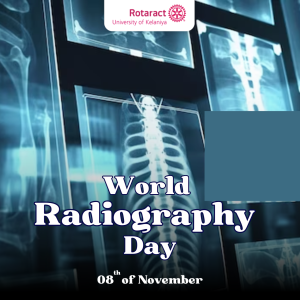Hundreds of years ago, a viral disease called “Polio” entered our green planet, which caused huge impacts on the lives of people. Polio is a crippling and potentially deadly disease that affects the nervous system of the human body. At the end of the 19th century, the poliovirus stroked the developed countries while it emerged in the U.S. and Europe at the beginning of the 20th century. This poliovirus arrived at its peak during the 1950s when it started to shift from infants to children aged from five to nine.
Most of the people infected with polio do not feel sick, but some people have minor symptoms like fever, tiredness, nausea, headache, nasal congestion, sore throat, cough, stiffness in the neck and back, and pain in the arms and legs. In rare cases, polio infection causes paralysis. The virus which causes the disease multiplies in the intestine, from where it can invade the nervous system and can cause paralysis. Once that happens, the patient is crippled for life because there is no treatment for the affliction.
However, in 1955, the first efficient attempt to fight the virus was made by the American Virologist and researcher Jonas Salk, who led the first team to develop and test the inactivated vaccine. Salk’s inactivated vaccine and Albert Bruce Sabin’s oral vaccine helped to save thousands of children.
The use of the vaccines led to the inauguration of the Global Polio Eradication Initiative, which has reduced the worldwide cases of polio by 99 per cent since 1980, according to the records of WHO.
Therefore, October 24th was initiated as World Polio Day by Rotary International over a decade ago to memorialize the birth of Jonas Salk, who led the first team to develop the vaccine against the disease. So that is what we are celebrating as “World Polio Day” every year around the world.






